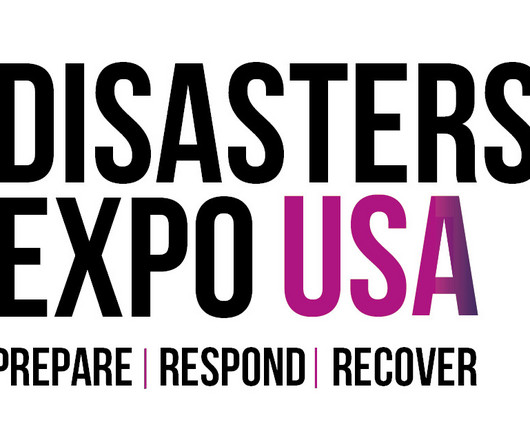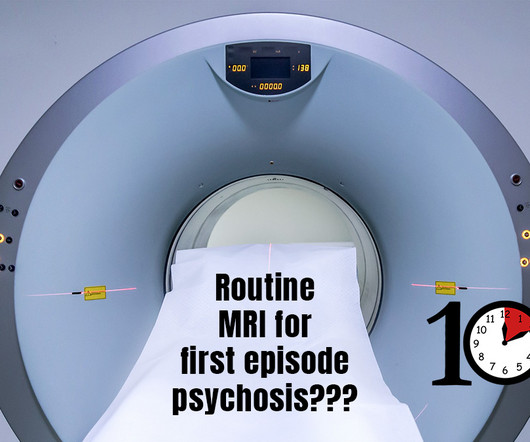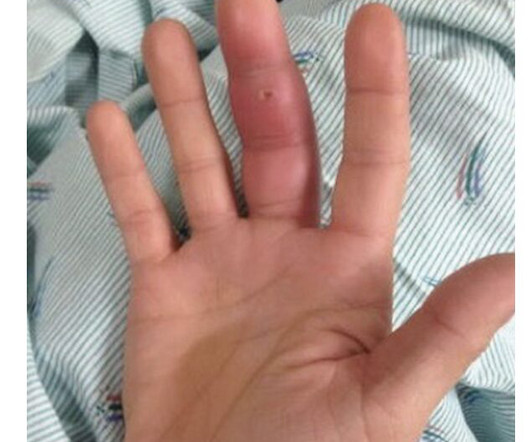The Study of the Week Is a Beautiful Example of Science Done Well
Sensible Medicine
FEBRUARY 12, 2024
Academic medicine sometimes gets it right. This is a positive story about a negative trial. Neurologist Hooman Kamel from the Weil Cornell Medical Center in NY had an idea about atrial fibrillation and stroke. Old thinking held that clots formed in the left atrium during periods of irregular rapid fibrillatory activity. Stroke came when these clots moved northward to the brain.





























Let's personalize your content